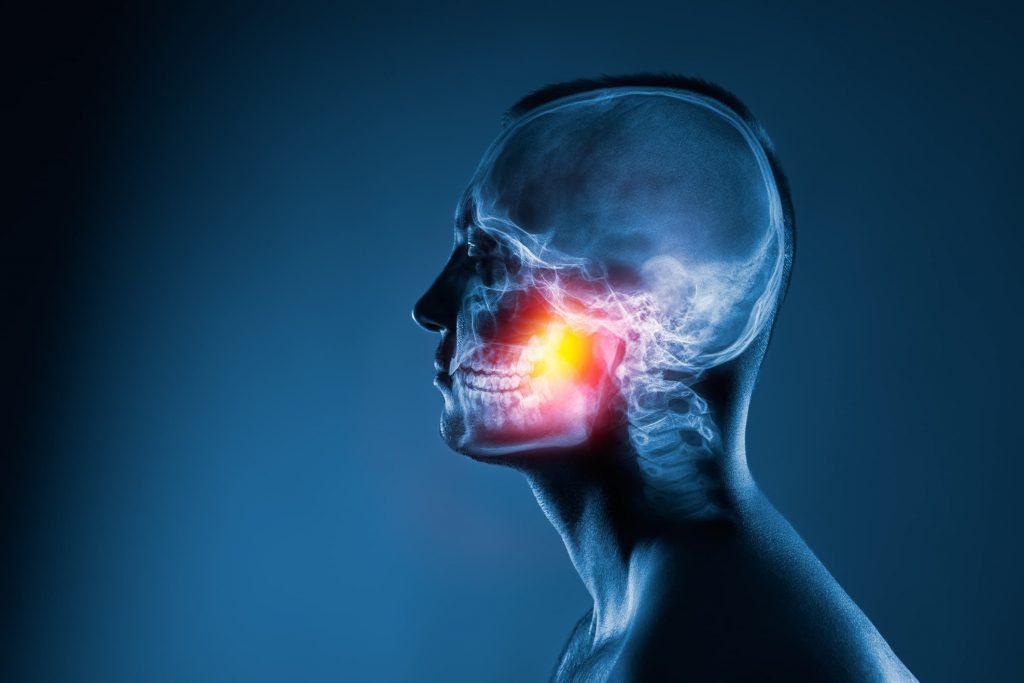Search by Color or Cause


On October 7, National Trigeminal Neuralgia Awareness Day brings support and education to the general public about a painful condition. The trigeminal nerve is the largest of cranial nerves. Those with trigeminal neuralgia may experience severe pain in the face and jaw. Even slight stimulation can trigger pain. The pain can be shooting or jabbing. Before an episode begins, some sufferers may experience a burning sensation. The pain may be localized or spread and may worsen over time.
This observance day encourages support those who suffer from this debilitating condition. The day promotes advancing the cause of research to help find a cure. It also aims to raise awareness to improve diagnosis and treatment procedures.
Trigeminal neuralgia (TN) is probably the most well known and notorious of the facial pain syndromes caused by nerve dysfunction and is particularly traumatic, warranting it’s own awareness day on October 7. Wear a teal awareness fabric ribbon, enamel awareness pin, or teal silicone wristband for Trigeminal Neuralgia Awareness Day.
An estimated 75% of the U.S. population has experienced one or more signs or symptoms of Temporal Mandibular Disorder (TMD) and Craniofacial Pain (CFP). Most TMD symptoms are temporary and fluctuate over time, requiring little or no professional intervention. But, an estimated 5-10% of the U.S. population will require professional treatment. TMD and CFP usually involve more than a single symptom and rarely have a single cause. The pain may arise suddenly or progress over months to years with intermittent frequency and intensity.
For most of us, Halloween is a day of fun where the terror is pretend and an excuse to dress up in the macabre. But for some people, the horror is real every day. Imagine one side of your face being constantly stabbed by nails. That is how patients who suffer from facial pain such as trigeminal neuralgia describe this terribly painful condition. Epidemiologists estimate that approximately 39 million adult Americans have some degree of ongoing chronic craniofacial pain
The Temporomandibular Joint (TMJ) is a “loose-fitting”, rotating-sliding joint with a fibrocartilage covered, football shaped ball (condyle), fibrous pad (disc), fibrocartilage lined socket (fossa), ligaments, tendons, blood vessels and nerves. The fibrous disc functions as a moving shock absorber and stabilizer between the condyle and the fossa. As the jaw opens, the condyle rotates and slides forward with the disc.
Because there is no quick fix or immediate cure for TMD and CFP, the most successful and scientifically supported treatments focus on self management and control of aggressive factors. Most patients suffering from both conditions achieve good long term relief with conservative (reversible) therapy. Scientific research demonstrates that over 50% of TMD patients treated with conservative management have few or no ongoing symptoms of TMD.
Often called the Suicide Disease, trigeminal neuralgia pain may range from sudden, severe, and stabbing to a more constant, aching, burning sensation. Any light or normal touch can act as a trigger for an episode of intense facial pain such as shaving, washing the face, putting on makeup, brushing teeth, eating, drinking, talking, or even the feeling of cold air on the face. The pain may be seasonal with a peak in the fall and spring.
TN is typified by attacks that stop for a period of time and then return, but the condition can be progressive. The attacks often worsen over time, with fewer and shorter pain-free periods before they recur. Eventually, the pain-free intervals disappear and medication to control the pain becomes less effective. The disorder is not fatal, but can be debilitating.
Often, diagnosis is delayed due to conflicting diagnoses. TN and its variants can be caused by multiple sclerosis, benign tumors, prior inflammation, herpes zoster (shingles) and post-herpetic neuralgia and trauma. The most common cause of classic Trigeminal Neuralgia (TN1) is due to a blood vessel pulsating against the trigeminal nerve at the brainstem.